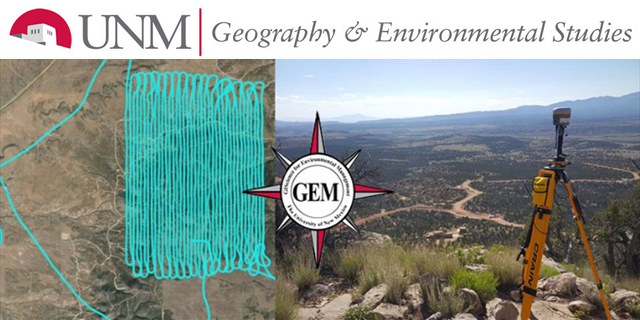
Geography ETDs
Publication Date
Summer 7-29-2019
Abstract
Automated External Defibrillators (AED’s) are lifesaving devices that can greatly improve the survival rates of cardiac arrest when used quickly. There are publicly accessible AED’s on the UNM campus, and each device has an effective range based on how quickly a responder can retrieve the AED and return it to the site of the cardiac emergency. The ranges of the AED’s on UNM central campus are analyzed using GIS, interior building measurements, and various retrieval speeds. This helps evaluate the current placement of AED’s on campus and helps reveal where future coverage is needed. This focus on the combined navigation of both interior and exterior spaces creates unique considerations from a geographic theory perspective. Coverage at UNM varies according to the retrieval speed, but using American Heart Association guidelines, less than a quarter (~11-24%) of the exterior space on central campus is covered by an AED.
Degree Name
Geography
Department Name
Geography
Level of Degree
Masters
First Committee Member (Chair)
Scott Freundschuh
Second Committee Member
Yan Lin
Third Committee Member
Xi Gong
Document Type
Thesis
Keywords
AED, resuscitation, effective range, defibrillator, coverage
Recommended Citation
Hill, Ian T.. "A hybrid GIS/in situ analysis of AED coverage on the UNM central campus." (2019). https://digitalrepository.unm.edu/geog_etds/48
